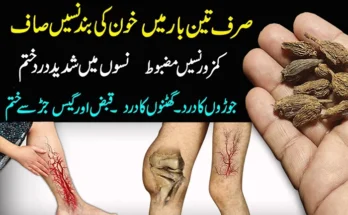king it appear paler than usual. This is because reduced hemoglobin levels lead to decreased oxygen delivery to the skin, resulting in a loss of color or pallor. You may notice that your complexion looks washed out or that the skin on your face, lips, and inner lining of your eyelids appears unusually pale.
3. Shortness of Breath
When your body doesn’t have enough iron to produce hemoglobin, your tissues and organs may not receive an adequate supply of oxygen, leading to shortness of breath or difficulty breathing, especially during physical activity or exertion. This symptom can be particularly concerning and may worsen over time if left untreated.
4. Dizziness and Lightheadedness
Iron deficiency anemia can cause dizziness and lightheadedness due to decreased oxygen delivery to the brain. You may feel faint or dizzy, especially when standing up quickly or after prolonged periods of sitting or lying down. In severe cases, you may even experience fainting spells or loss of consciousness.
5. Headaches





Low iron levels can also trigger headaches or migraines in some individuals. The exact mechanism behind this symptom is not fully understood, but it may be related to decreased oxygen flow to the brain or changes in blood vessel function. If you experience frequent or severe headaches, especially along with other symptoms of iron deficiency anemia, it’s essential to consult with a healthcare professional for evaluation and diagnosis.
6. Cold Hands and Feet
Poor circulation resulting from iron deficiency anemia can cause your hands and feet to feel cold or numb, even in warm temperatures. This is because reduced hemoglobin levels impair the body’s ability to regulate blood flow and maintain optimal temperature. You may notice that your extremities feel unusually chilly or that you have difficulty warming them up, even with gloves or socks.
7. Brittle Nails
Iron deficiency anemia can affect the health and appearance of your nails, causing them to become brittle, weak, or ridged. This is due to decreased blood flow and oxygen delivery to the nail bed, which can interfere with nail growth and integrity. You may notice that your nails chip or break more easily, or that they develop vertical or horizontal ridges.
8. Unusual Cravings
Some people with iron deficiency anemia may experience unusual cravings for non-nutritive substances, a condition known as pica. This can include cravings for ice, dirt, clay, chalk, or other non-food items. While the exact cause of pica is not well understood, it may be related to iron deficiency-induced changes in brain chemistry or a subconscious attempt to replenish depleted iron stores.
9. Restless Legs Syndrome
Restless legs syndrome (RLS) is a neurological disorder characterized by an uncontrollable urge to move the legs, often accompanied by uncomfortable sensations like tingling, itching, or crawling. Iron deficiency anemia has been linked to the development or exacerbation of RLS symptoms, although the exact mechanism is unclear. If you experience restless legs or have trouble sleeping due to leg discomfort, it’s essential to discuss your symptoms with a healthcare professional.
10. Rapid Heartbeat
Iron deficiency anemia can cause your heart to work harder to pump oxygen-rich blood throughout your body, leading to a rapid or irregular heartbeat, known as tachycardia or palpitations. You may notice that your heart feels like it’s racing or fluttering, especially during physical activity or periods of stress. If you experience persistent or severe heart palpitations, seek medical attention promptly.
Conclusion
Recognizing the signs and symptoms of iron deficiency anemia is crucial for early detection and treatment. If you experience any of the symptoms mentioned above, especially if they are persistent or severe, consult with a healthcare professional for evaluation and diagnosis. Iron deficiency anemia can often be effectively treated with dietary changes, iron supplementation, or other medical interventions, allowing you to regain your energy and vitality.







